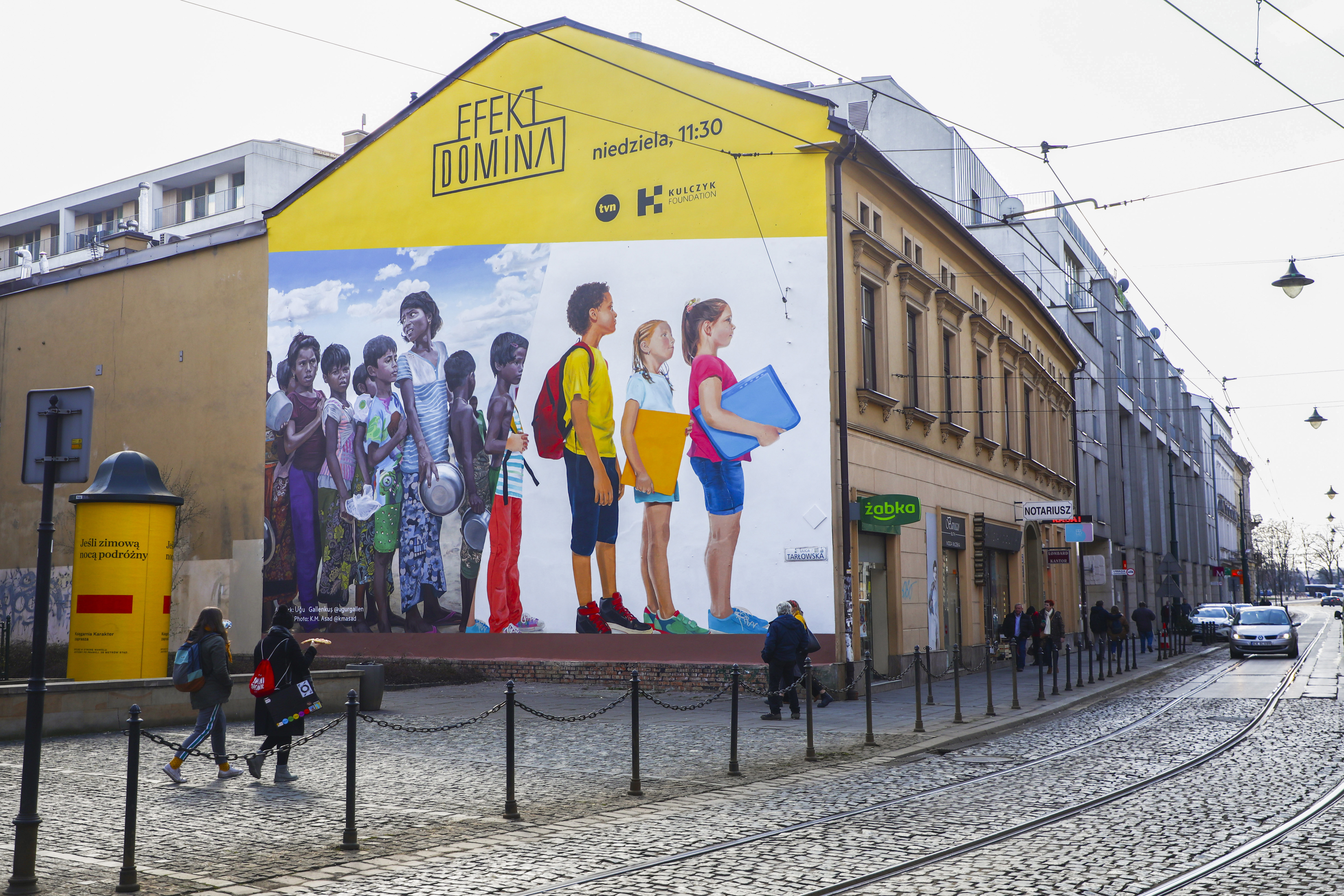I’ve long been a passionate believer in the power of a picture. In my role as a documentary maker, I take unrecognised stories and use powerful images and emotive storytelling to ensure that those without a voice are heard. An arresting image that captures the imagination has the power to make people see something differently.
On the 2nd September 2015, three-year-old Alan Kurdi, a Syrian boy of Kurdish origin, washed up on the shore close to Bodrum, Turkey. The viral image of his body, published by newspapers and TV stations around the world, shocked and appalled all who saw it. A surge of charitable donations followed, with one organisation – the Migrant Offshore Aid Station – reporting a 15-fold increase in the 24 hours after the picture’s publication. World leaders rushed to express their grief and within days Germany had opened its borders to other migrants escaping war.
More than any other in my lifetime, the picture of Alan demonstrated the power that an image can have. Many thousands of words can describe a crisis, but you don’t need to know any language to understand a photograph like that.
Psychologists suggest that the images we see in media change our attitudes, far more than text or commentary alone. A recent experiment at the University of Oklahoma tested the impact of images from the Iraq war on individuals’ level of involvement, emotion, and attitude toward the conflict. It established what we might already suspect to be true: that emotive images of war or suffering tend to affect our attitudes far more than text alone.
And yet the effects of images are sadly often temporary. In our (social) media-saturated age we are exposed to a constant stream of visual stimulation, and even the images that truly matter – such as the photos of Alan Kurdi – are soon forgotten. Change did happen in 2015, but thousands continued to die in the Mediterranean, and the media narrative about refugees soon returned to normal.
Those of us who create images or tell stories therefore have an ongoing responsibility to show people images that can change attitudes. We must find and create powerful image after powerful image to ensure a lasting impact. Today the world faces a global health crisis at a scale unseen in the last century. To curtail spread of covid-19, countries are closing borders across every continent. But we remain global citizens and while our national efforts rightly focus on protecting the elderly and vulnerable in our own communities, let’s not forget that there remains a world beyond our own borders.

I have recently worked with Uğur Gallenkuş, the Turkish digital artist whose images portray two different worlds within a single image to express the stark contrasts between developed and less developed countries. In our collaboration, we have turned seven of Ugur’s collages into huge murals that are displayed in cities around Poland. This is to launch the latest series of ‘The Domino Effect’ documentaries, which follow my team’s visits to some of the countries most affected by inequality. The Foundation is using impactful images to shine a light on some of these countries and it is these same countries, without the health care systems of the developed world, that may face some of the worst scenes in this global war against coronavirus.
I have an optimistic view of human nature: that people react with compassion when they see suffering, and with anger when they see injustice. When you show people these things, they do care. But history proves the need to remind them and it is a story teller’s role to therefore keep telling the stories of those who need our help the most.

